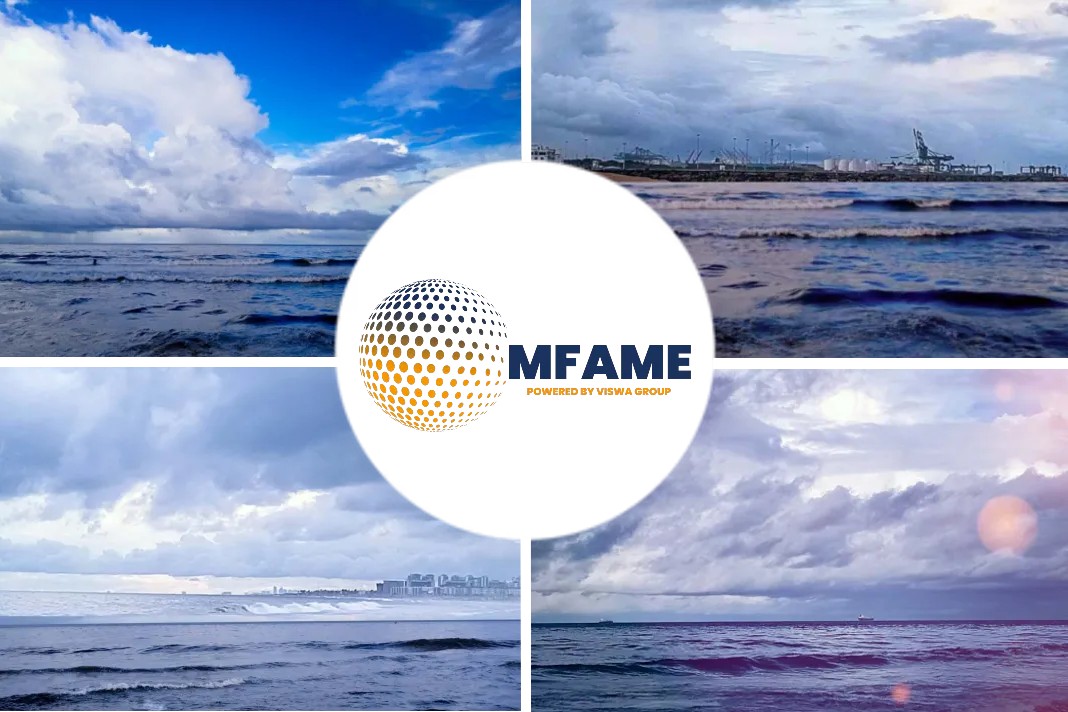- Iraq’s oil production as the country’s standoff against international oil companies may put its capacity expansion plans at risk.
- Also worth following this week are falling iron ore prices, waning fuel-switching capacity in the US, rising gas prices in Europe, and a firm North Sea crude demand.
Iraq’s oil production forecast tops this week’s charts to watch as the country’s standoff against international oil companies may put its capacity expansion plans at risk says an article on SP Global.
Iraq’s oil capacity expansion plans at risk

What’s happening?
International oil companies are trying to flee Iraq’s unattractive oil assets. The standoff between IOCs and Iraq over the management of some of the country’s biggest oil fields came to a head last week after ExxonMobil said it was seeking arbitration against state-owned Basrah Oil Co. over the US major’s stalled sale of its West Qurna 1 stake sale. Exxon is joined by Lukoil and BP, which are also considering exiting or reducing their presence in Iraq.
What’s next?
Without the capital, expertise, and technology of IOCs, Iraq will find it difficult to maintain oil production in some of its fields, let alone reach the much-coveted 7 million b/d capacity level. Its current production capacity is at around 5 million b/d. Both Exxon and Lukoil wanted to sell stakes to Chinese companies, which are the most interested party in having a bigger share of Iraq’s oil. Iraq is the third-biggest oil supplier to China and many of the big Chinese energy firms already have stakes in Iraq’s mega-fields.
Iron ore seaborne supply is tight but prices depend on steel output levels

What’s happening?
The world’s four largest iron ore producers—Rio Tinto, BHP, Vale, and Fortescue Metals Group—reported combined sales of 265 million mt in the April-June quarter, the weakest Q2 performance in five years. Wet weather, pandemic-induced labor shortages, and operational issues contributed to the lack of volume growth overall. But the miners benefited from the Platts iron ore benchmark averaging almost $200/mt CFR in the quarter, paving the way for bumper financial profits.
What’s next?
July iron ore exports are typically weaker because producers try to ship as much as possible before June 30, which is the end of the Australian financial year and half-year for the others. Supply tightness will therefore remain an issue. Chinese mills have been ordered to cut production from late July to help keep emissions down, and seasonal factors may reduce demand for the raw material. Platts IODEX, the iron ore benchmark, finally dipped below $200/mt on July 29. It remains to be seen whether it will keep falling.
US gas-fired power burn intensity surges as fuel-switching capacity wanes

What’s happening?
As temperatures across the US hit summer-season highs, the per-degree intensity of US gas-fired power burns has surged, implying that generator demand for the fuel has become less responsive to rising gas prices as fuel-switching capacity wanes. Despite a more-than-$2/MMBtu hike in US benchmark Henry Hub gas since last summer, power burn demand at any given temperature has been only slightly lower than it was at the same temperature last summer.
What’s next?
Recent coal plant retirements could be driving the decline in available switching capacity, meaning that US generators are now relying on a smaller fleet of coal plants. The increased reliance on coal this summer has recently pushed stocks to five-year lows, according to forecast estimates from S&P Global Platts Analytics. As inventories wane, coal prices could be poised to rise this winter—potentially making gas-fired power more price-competitive again, even at current levels around $4/MMBtu.
Battle for global LNG volumes pushes benchmark TTF to record high

What’s happening?
Dutch TTF gas prices broke through the Eur40/MWh mark for the first time on July 29 as European markets continued to battle for global LNG supply into the region. The TTF month-ahead contract was seen trading as high as Eur40.40/MWh early in the session, the previous record prior to 2021’s rally being Eur35.55/MWh in October 2008, Platts data showed. Europe and Asia are seeking to secure LNG volumes to replenish stock levels ahead of the next winter delivery period.
What’s next?
With EU gas storage sites currently only 55% full, concerns that stocks will not reach a suitable level ahead of the winter have played a big part in pushing gas prices up to the giddy heights of Eur40/MWh. A key question—and one likely to continue to drive market fundamentals—is how full European storage sites will be by the start of the withdrawal season and whether stocks will suffice to carry Europe through another cold winter. According to Platts Analytics’ forecasts, northwest European storage is expected to reach 85% full by the end of October, below the five-year low of 86%. “This winter is going to be very tight,” Platts Analytics managing analyst James Huckstepp said.
Firm demand keeps the North Sea crude market supported

What’s happening?
The North Sea crude oil market, home to Platts Dated Brent, the world’s biggest physical crude benchmark, has been observing sturdy demand recently despite a few volatile weeks for crude futures. Buying interest for August-loading Dated Brent basket grades—such as Brent-Ninian-Blend, the Forties, Oseberg, Ekofisk, and Troll—has been robust, with very few cargoes floating unsold.
What’s next?
The North Sea market has been the strongest performer, compared to other Atlantic Basin crudes markets. West African crudes have been under pressure due to lackluster demand from Asia, while US crudes have been clearing at a slow pace due to an uneconomical arbitrage to both Europe and the East. But whether the support continues remains to be seen, with some traders suggesting that if the backwardation softens somewhat, West African and US crudes could return to putting downward pressure on the North Sea differentials.
Did you subscribe to our daily newsletter?
It’s Free! Click here to Subscribe!
Source: SP Global
















